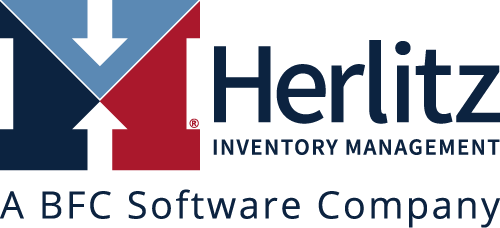High customer service levels are attainable. The challenge for many wholesalers and retailers is the number of variables involved with hitting these goals. If you are not using a powerful inventory management system, hitting high service goals will be nearly impossible without expensive overstocks. Wholesale or retail companies with an inventory management system should have confidence in the process and avoid these common purchasing pitfalls.
Pitfall #1:
Organizing your buying week by working with certain vendors on specific days.
Best Practice #1: Use a system that triggers ordering based on inventory levels and forecasts rather than only buying on certain days of the week.
“Customer service is not determined by how much you buy, but when you buy,” Anders Herlitz would stress in every training session, with buyers and executives alike. This concept is so simple yet it is often ignored or misunderstood.
Pitfall #2:
Warehouse staff moves delivery dates because it is easier for them
Best Practice #2: Keep the warehouse team in the loop but minimize their ability to move delivery dates.
Say your purchasing system predicts that today’s order will arrive in time for you to hit an average service of 97%. That sounds pretty great! However, many things must work out for that to happen. The vendor has to fill your order on time (which is out of your control) and the shipper has to deliver on time (also out of your control). Lastly, your warehouse manager or traffic manager needs to be in the loop and keep the PO delivery date in place (totally within your control). If they push it out a few days, your lost sales will increase by that same amount of days for many items on the PO.
In this scenario, you are losing both revenue and customer goodwill. If this happens often, you may lose customers’ business altogether. It may seem like the traffic or warehouse manager was doing a good thing by preventing overtime. However, by optimizing warehouse labor, you are sub-optimizing a significant responsibility of the warehouse, which is to receive inventory and put it away on time.
Pitfall #3:
Stocking products because they are what you have always carried.
Best Practice #3: Only stock products your customers want in the right quantities by building forecasts based on customer demand.
In our experience, buyers are creatures of habit. In some ways, that is a great quality. However, if the habits are based on poor assumptions, it can lead to suboptimal results. A good example of this is when purchasing teams “go with their gut” to place new orders. This can mean they buy a given quantity, so they don’t run out, or they buy certain products because they sell.
When placing new POs, it is imperative to use a system, like HIMPACT, to figure out what to buy, how much to buy, and when to buy it. You may be ordering too much or too little inventory if purchases aren’t based on accurate forecasts. The result is a vendor line with an unequal number of days on hand, which makes placing your next order extra difficult.
Excess inventory leads to overstocking and tying up cash unnecessarily. Lower inventory leads to missed sales. Again, missed sales opportunities equate to missed revenue and lower customer goodwill.

